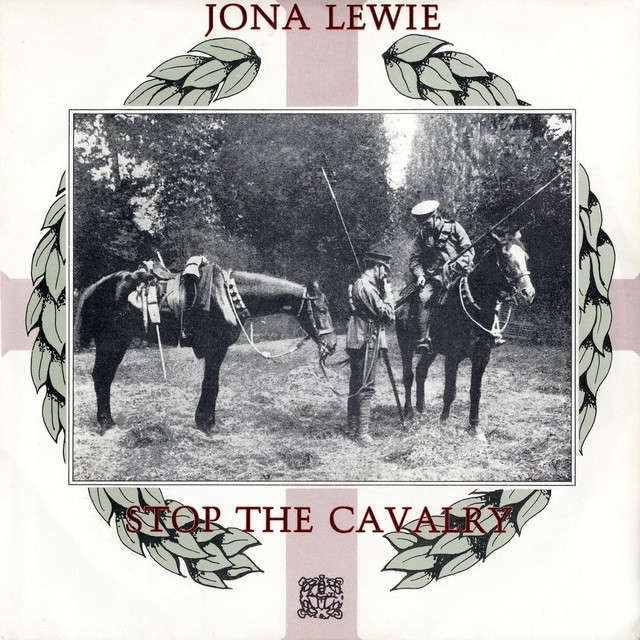Boosting Employee Morale Through a Safe Work Environment
Employee morale is the lifeblood of any thriving business. Happy employees are productive, engaged, and more likely to stick around for the long haul.
While many factors contribute to high morale, one of the most crucial yet often overlooked aspects is workplace safety. Ensuring a safe work environment not only protects employees from harm but also fosters a culture of trust and respect.
Let's dive into how prioritising safety can significantly boost employee morale and create a more positive and productive workplace!
The Connection Between Safety and Morale
The connection between safety and morale is straightforward: when employees feel safe, they are less stressed and more focused on their work. A safe work environment signals to employees that their well-being is a top priority. This sense of security can lead to increased job satisfaction and loyalty.
Imagine working in a place where safety measures are lax, and accidents are common. The constant fear of injury can be draining, leading to anxiety and decreased productivity. On the other hand, a workplace with stringent safety protocols instils confidence and peace of mind, allowing employees to perform their duties without unnecessary worry.
Implementing Comprehensive Safety Training
Safety training is the foundation of a secure work environment. Regular, comprehensive training sessions ensure that all employees are aware of the potential hazards and know how to handle them safely. These sessions should cover everything from proper equipment usage to emergency procedures.
Involving employees in safety training can also boost their morale. When workers are given the tools and knowledge to protect themselves and their colleagues, they feel empowered and valued. Consider holding interactive training sessions where employees can ask questions and engage in hands-on activities. This approach not only makes the training more effective but also fosters a sense of camaraderie and teamwork.
Providing the Right Safety Gear
Ensuring that employees have access to the right safety gear is another critical component of a safe work environment. This includes personal protective equipment (PPE) such as helmets, gloves, goggles, and masks. The availability and quality of safety gear can make a significant difference in how employees perceive their workplace.
Regularly inspect and maintain safety equipment to ensure it remains in good condition. Replacing worn-out or damaged gear promptly shows employees that their safety is taken seriously. Additionally, involving employees in the selection process of PPE can lead to better acceptance and use of the equipment, further enhancing their sense of security.
Creating a Safe Physical Environment
The physical environment of the workplace plays a crucial role in ensuring safety. This involves maintaining clean and clutter-free workspaces, ensuring proper lighting, and providing ergonomic furniture and equipment.
Regular inspections and maintenance of the workplace can prevent accidents before they happen. For example, checking for potential hazards like loose wires, slippery floors, or malfunctioning machinery can save employees from injury and demonstrate a proactive approach to safety.
Investing in secure storage solutions for hazardous materials is also essential. Hazardous chemicals and cabinets should go together like bread and butter or fish and chips. COSHH cabinets such as those offered by The Workplace Depot, provide a safe and organised way to store dangerous substances, reducing the risk of accidents and promoting a safe work environment.
Encouraging Open Communication
Open communication is vital for maintaining a safe workplace. Employees should feel comfortable reporting safety concerns without fear of retribution. Establishing a clear and anonymous reporting system can encourage employees to speak up about potential hazards or unsafe practices.
Regular safety meetings where employees can voice their concerns and suggest improvements can also enhance communication. When employees see that their feedback is valued and acted upon, it fosters a sense of trust and collaboration.
Promoting Mental Health and Well-being
In recent years, more employers are at last understanding that safety extends beyond physical well-being to include mental health. A safe work environment is one where employees feel supported both physically and emotionally. Promoting mental health through resources such as counselling services, stress management programs, and a supportive work culture can enhance overall well-being and morale.
Encouraging work-life balance is also crucial. Flexible working hours, remote work options, and regular breaks can help prevent burnout and ensure employees remain healthy and productive. When employees feel that their mental health is valued, they are more likely to be engaged and committed to their work.
Recognising and Rewarding Safe Practices
Recognising and rewarding employees for following safety protocols and contributing to a safe work environment can significantly boost morale. This recognition can come in various forms, such as public acknowledgement during meetings, safety awards, or incentives.
By celebrating safe practices, you reinforce the importance of safety and encourage all employees to prioritise it in their daily activities. This positive reinforcement creates a culture where safety is seen as a collective responsibility, leading to a more cohesive and motivated workforce.
Involving Employees in Safety Planning
Involving employees in safety planning can provide valuable insights and increase buy-in for safety initiatives. Employees on the front lines often have a better understanding of the potential hazards in their work areas and can offer practical solutions.
Forming a safety committee with representatives from different departments can be an effective way to involve employees in safety planning. This committee can regularly review safety procedures, conduct inspections, and develop new safety initiatives. When employees have a say in how safety is managed, they are more likely to take ownership of these practices and adhere to them.
Leveraging Technology for Workplace Safety
In our constantly evolving working world, technology plays a crucial role in enhancing workplace safety. Leveraging technological advancements can make safety measures more effective and easier to manage.
1. Safety Management Software: Implementing safety management software can streamline the tracking and reporting of safety incidents, inspections, and training. These platforms often provide real-time updates and analytics, helping management identify trends and areas for improvement. A centralised system makes it easier to ensure compliance and maintain accurate records.
2. Wearable Technology: Wearable devices, such as smart helmets and safety vests equipped with sensors, can monitor workers' health and environmental conditions in real-time. These devices can detect signs of fatigue, exposure to harmful substances, or unsafe working conditions, alerting both the employee and management to take immediate action.
3. Drones and Robotics: Drones can be used for site inspections and monitoring hard-to-reach areas, reducing the need for workers to enter potentially hazardous zones. Robotics can handle dangerous tasks, such as handling hazardous materials or performing maintenance in unsafe environments, thereby minimising human risk.
4. Virtual Reality (VR) Training: VR technology offers immersive training experiences that can prepare employees for real-life scenarios in a controlled and safe environment. VR training can cover everything from emergency response procedures to operating complex machinery, enhancing employees' skills and confidence without exposing them to actual hazards.
These technologies not only help in preventing accidents but also ensure that employees feel supported and protected, further boosting their morale and engagement.
The Business Benefits of a Safe Work Environment
Beyond boosting employee morale, a safe work environment offers numerous business benefits. Reduced workplace accidents lead to lower medical expenses, fewer legal liabilities, and less downtime. High employee morale translates to increased productivity, lower turnover rates, and a positive company reputation.
Investing in safety is not just about compliance; it’s about creating a workplace where employees feel valued and motivated. A safe work environment attracts top talent, as prospective employees seek out companies that prioritise their well-being.
In short, when employees feel safe and valued, they are more likely to be engaged, loyal, and motivated – which, ultimately, results in a thriving and successful business!







